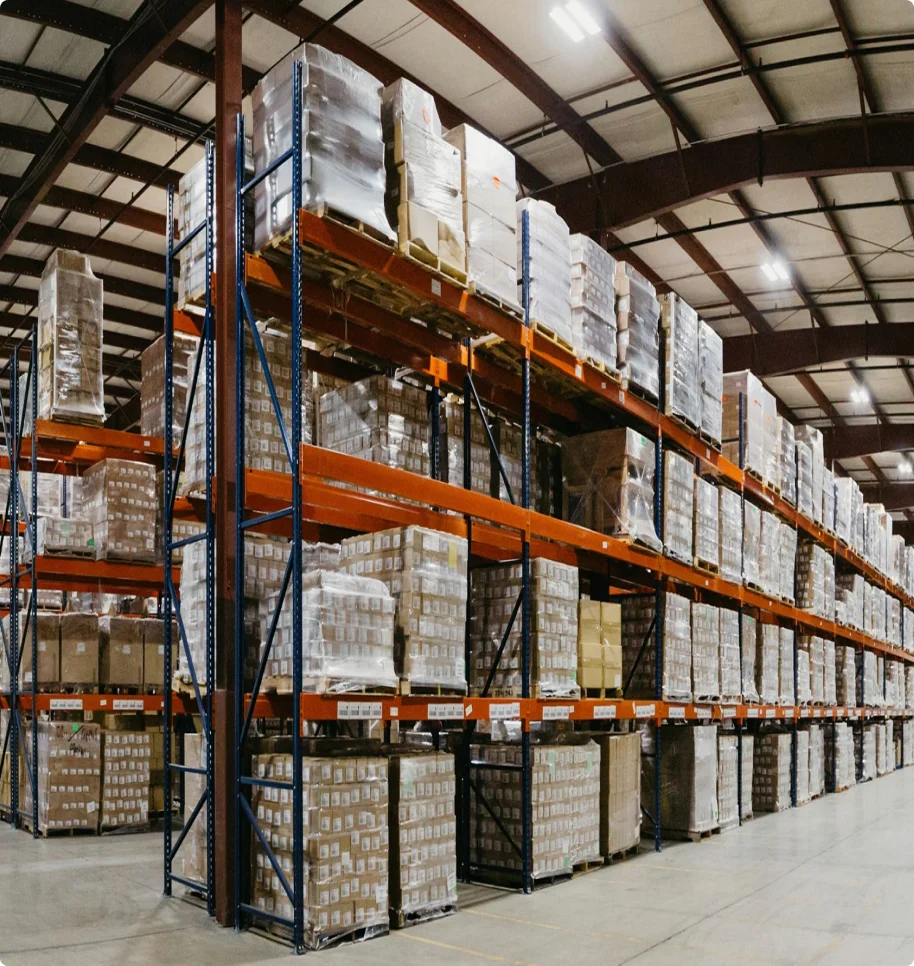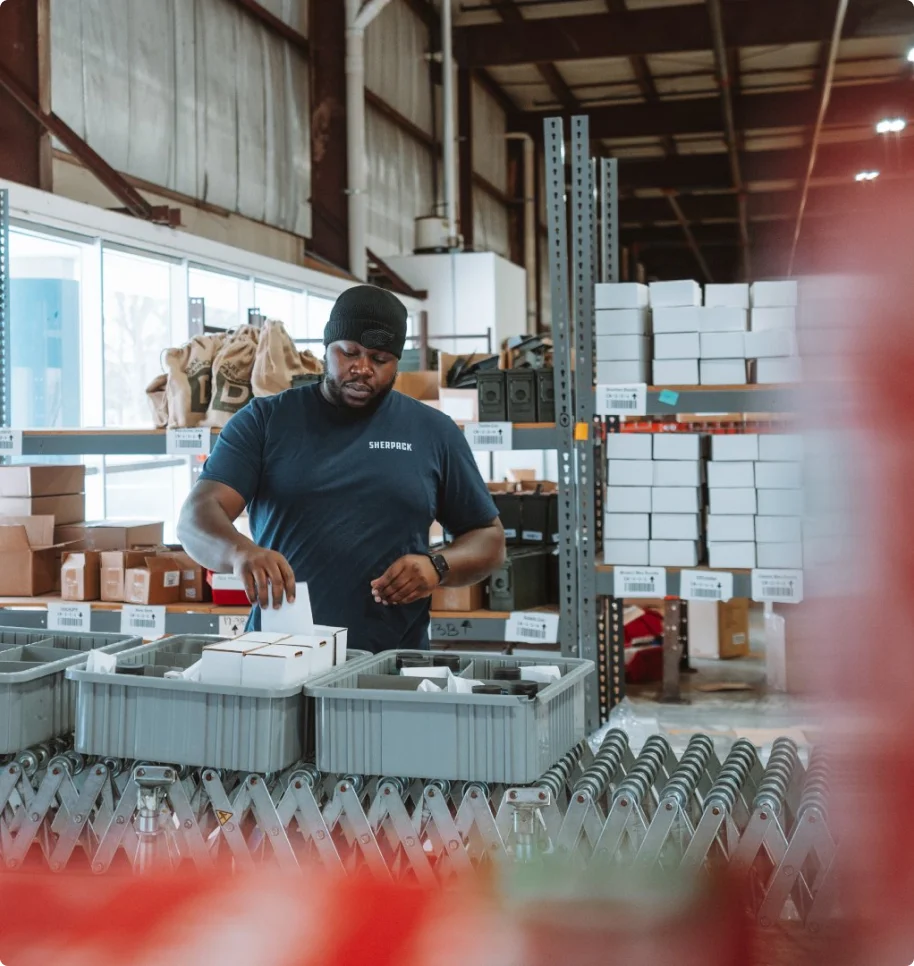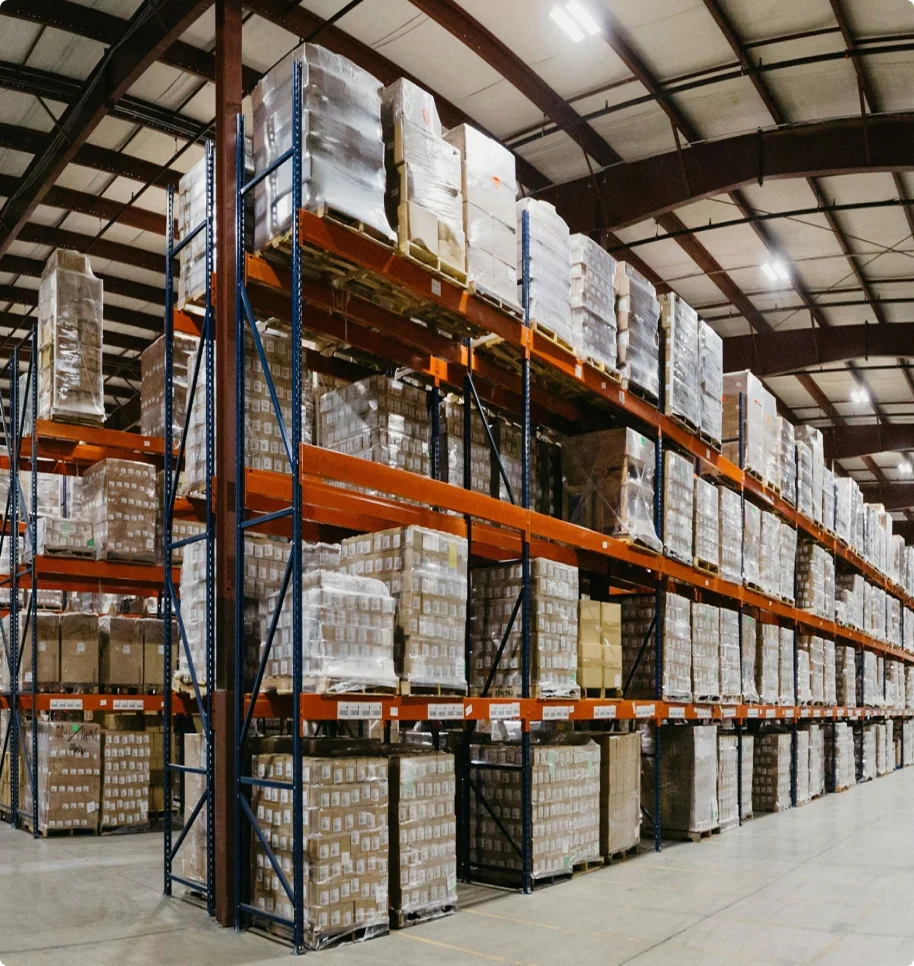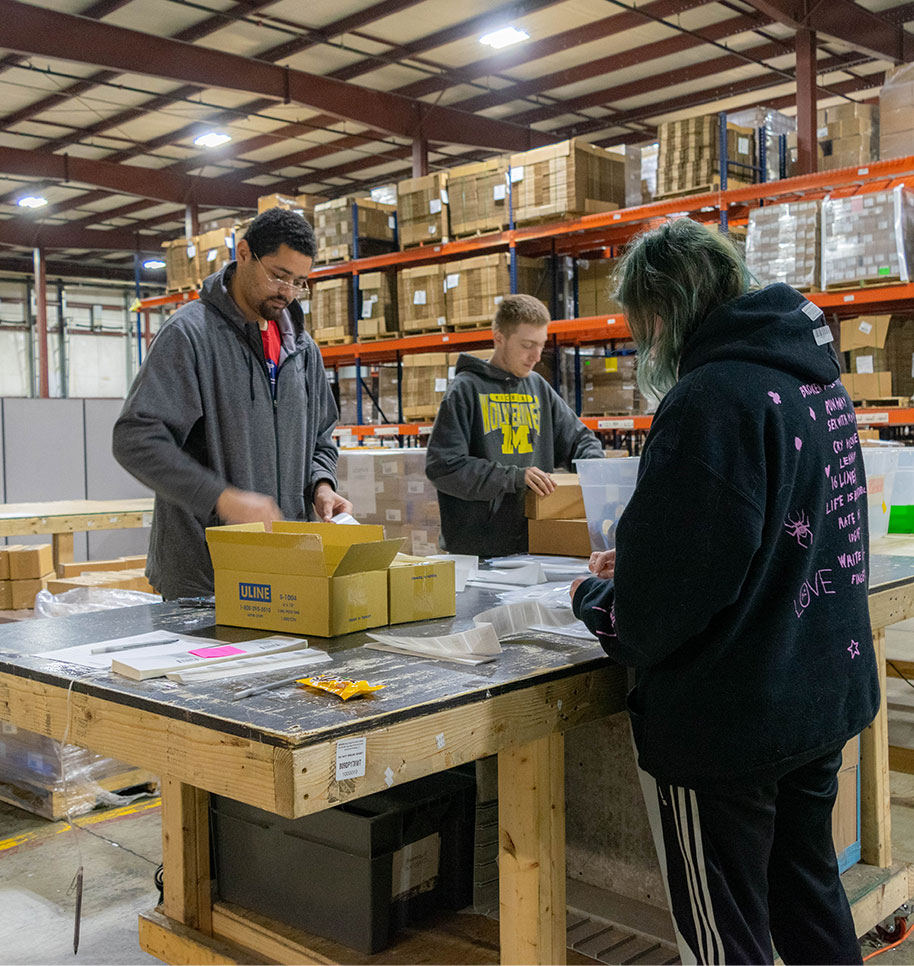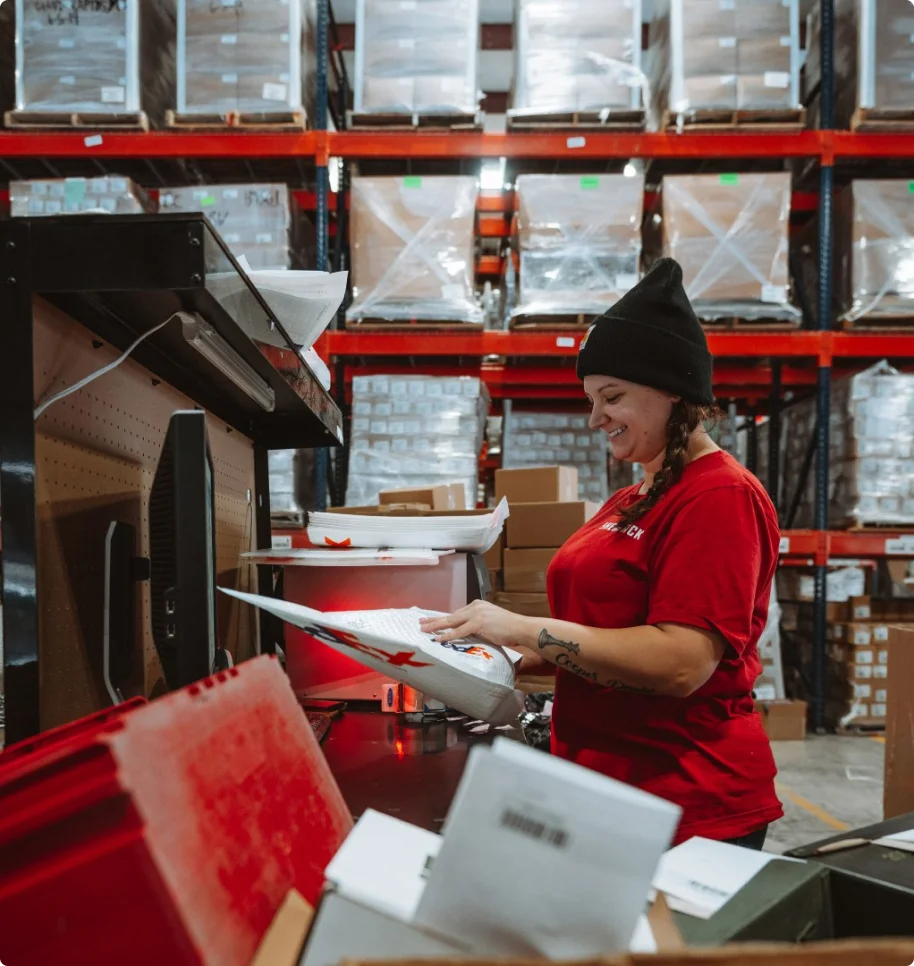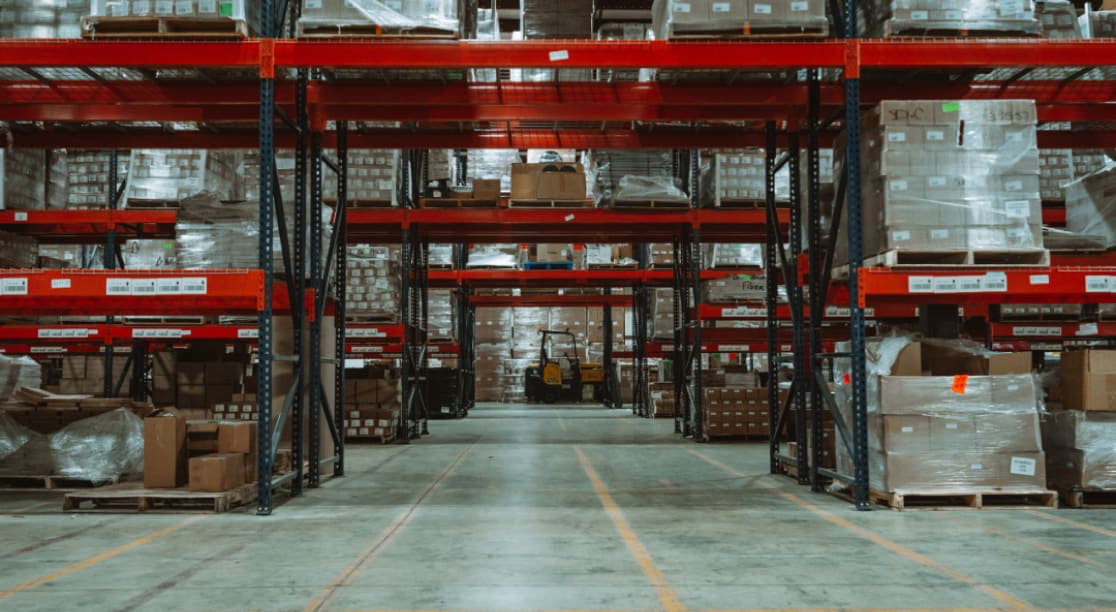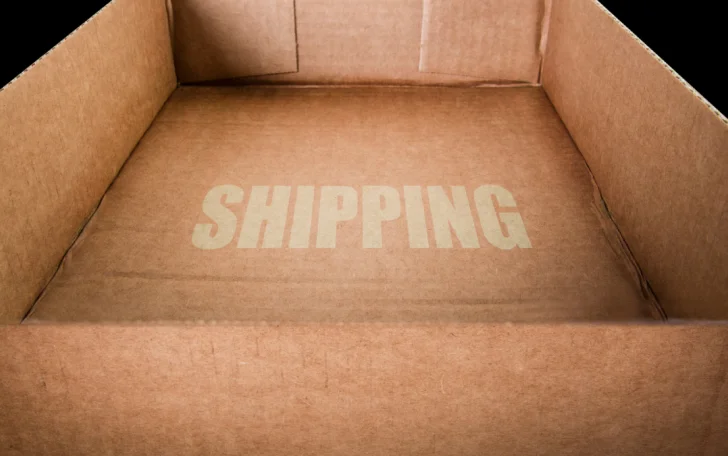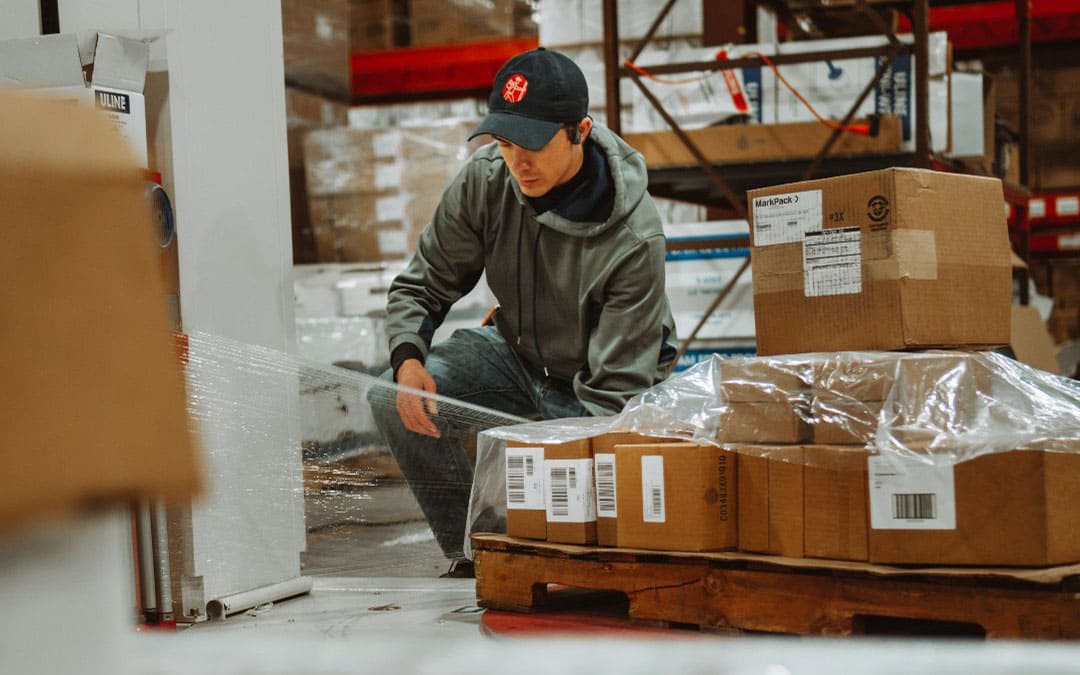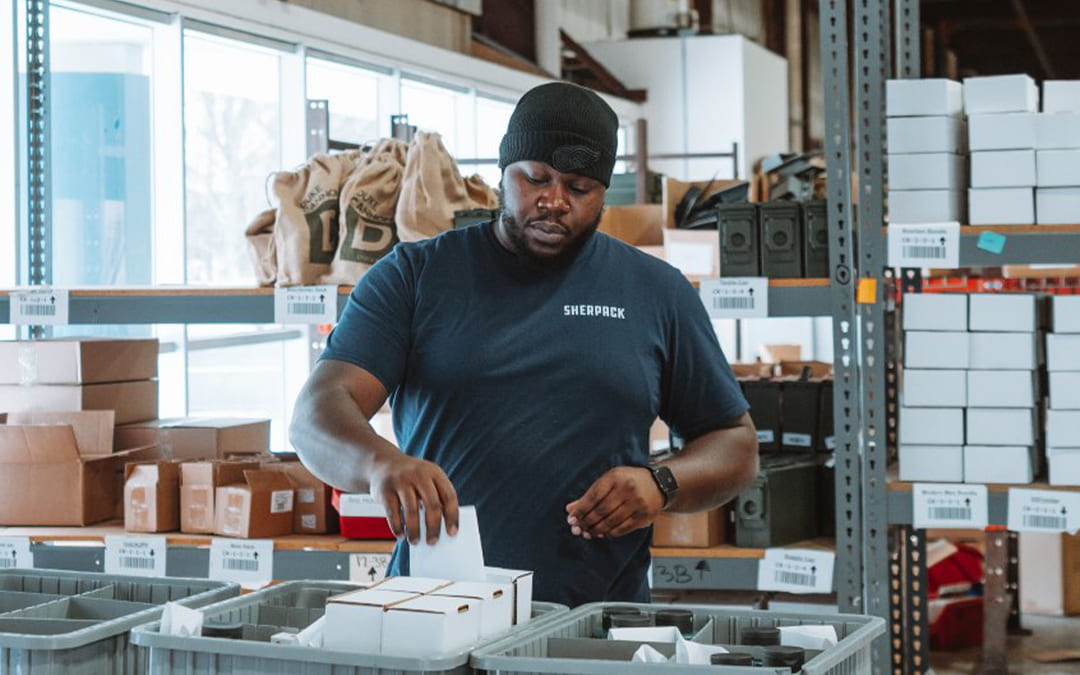Ecommerce sites were quick to notice a sharp jump in shipping prices starting in 2021, as displays by the Cass Freight Index and a variety of other trackers that examine shipment data. These high shipping rates have been slow to abate as 2021 has progressed, and are likely to continue past the second quarter.
For growing businesses, this creates a dilemma: If these new shipping rates are going to be permanent – or at least a long-term issue – then they’ll be eating into previous profit margins, and could make offering shipping deals to online customers much more difficult. The good news is that there are strategic methods to mitigate costs like these, and Sherpack can work with you to find the most efficient options. Let’s take a closer look!
Why Shipping Rates Are Currently So High in 2021
So, why exactly are shipping rates going through such a spike right now? If you think it’s related to COVID-19, you’re largely right – but it’s more complicated than shutdowns related to the pandemic. A variety of long-term issues have been created that will be continuing for months and industries across the world work to stabilize. Meanwhile, growing coronavirus outbreaks and variants in places like India and Brazil continue to complicate global commerce. Here’s why that’s impacting e-commerce businesses like yours.
A Lack of Empty Containers and Carriers: Another factor having a surprisingly large impact on international shipping is a lack of empty containers. COVID-19 caused major disruptions for manufacturing centers around the world, and one result was a serious lack of shipping containers, which also led to higher costs for shipping overseas. On a similar note, many plans were grounded in an effort to save money (consumer flight revenue took a drastic dip during lockdowns), so space on consumer flights for extra storage became nonexistent, leading to further crunch.
New Trade Situations: One key reason that shipping costs are rising across the board is that overseas shipping has become more expensive. When that happens, shipping costs are often passed down to other carriers, leading to an overall rise in prices (carriers like FedEx are raising prices across the board as a response). Part of this is due to new trade regulations put in place in recent years by the United States, as well as a certain amount of trade uncertainty that’s inflating costs.
Continuing Surcharges: During the holidays late last year, carriers raised their prices to account for a combination of new demand, continued chaos from the pandemic, and the holiday shipping blitz that always occurs around that time. However, many carriers were slow to lower their rates down afterward, and in some cases, those high costs still remain or have even been added to.
High Demand Increases Costs: During the pandemic, many, many consumers switched over to buying more goods – including common supplies – online. This led to a swift rise in demand for shipping services that have only partially diminished during the vaccine rollout. As often happens, high demand has led to higher costs as carriers take advantage of market conditions.
The Trucking Industry Is In a Difficult Spot: Trucking companies have had a very rough couple of years, with several problems combining to create a slew of bankruptcies and liquidations with comparatively little M&A activity. As a result, it’s harder to find freight options on the road, and prices have increased in response.
How to Deal With Rising Shipping Rates Effectively
With shipping costs on the rise across all carriers, it’s time to take a look at your shipping strategy and see if anything needs to be changed. There are several common approaches you can choose based on your eCommerce goals.
Absorb the higher costs: One simple strategy is to simply absorb the cost of higher shipping rates and continue pursuing your current sales goals. Obviously, this isn’t an option for all growing businesses, especially those with narrow profit margins. However, it can be a good choice if your e-commerce model is very successful when offering free shipping, and you don’t want to add any new shipping charges. This is more viable if the business is in a healthy period of growth and expects to bring in a growing amount of revenue.
Balance product prices: Other companies may prefer to raise prices slightly to cover the higher costs of shipping. This is a viable strategy if demand is relatively high and you aren’t using competitive pricing to stay ahead, but may not be possible otherwise. On the other hand, if you do charge shipping and it scales automatically with current rates, then customer shipping costs will go up, which means you should consider lowering product prices to make up for that.
Study your shipping zones: Every carrier has its own set of shipping zones across the country, and fees are often decided based on the zone and how many zones are crossed.
Create a shopping cart threshold: We discuss this a bit more in-depth in our guide here, but another option is to study how you offer shipping deals like free shipping and adjust or create minimum prices for getting those deals – i.e., the cost of the goods in the customer’s cart. By increasing the threshold for free shipping, you encourage customers to bundle more items together and make more purchases, thus covering higher shipping costs. This can be a delicate decision but effective for the right online stores.
Use tier-based flat rates: If you use a flat shipping fee model, consider splitting your flat fees into tiers that decrease the fee as the customer spends more on an order, but increases it for small purchases. This is an easy way to encourage customers to spend more while also covering higher shipping costs.
Partnering with Sherpack to Find New Cost Efficiencies
Not sure where to begin when it comes to saving money on shipping? Contact Sherpack, and we’ll talk with your business about how our third-party e-fulfillment in Milwaukee and other cities can help you find a new, efficient shipping strategy. Our representatives are happy to offer consultations to explore your unique situation and find the answers you need!

